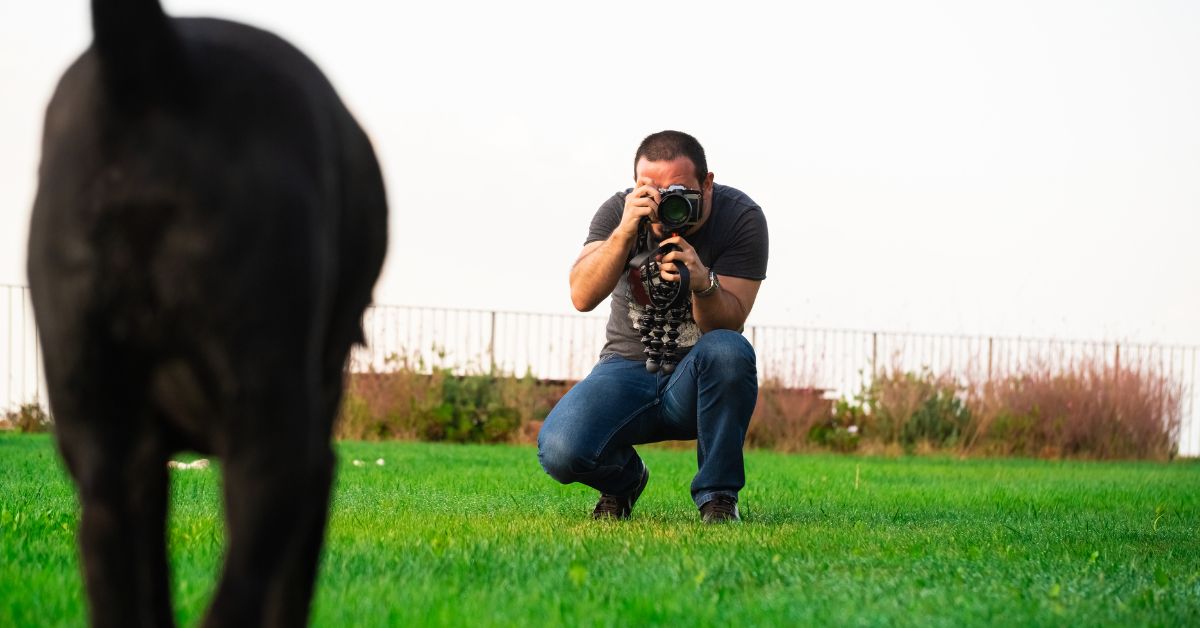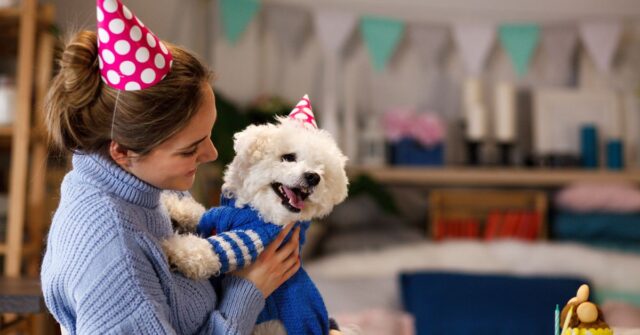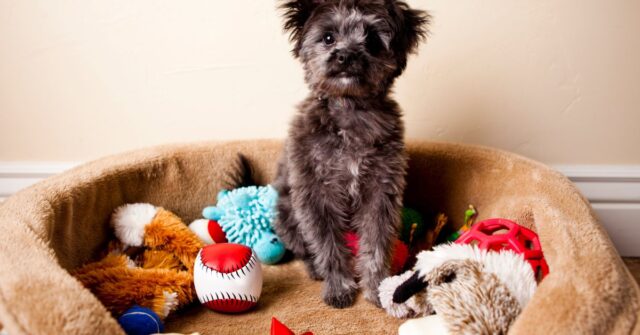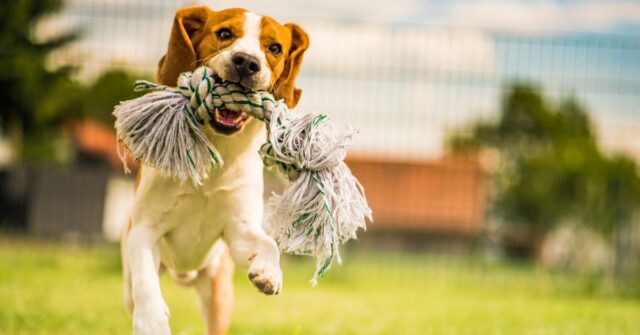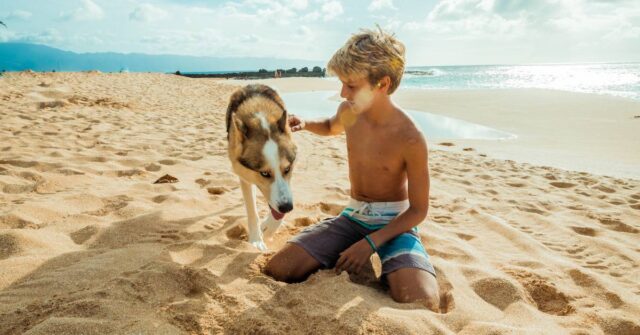Perfecting pet photography involves more than just a good camera; it requires an understanding of animal behaviour, mastery of photography techniques, and a lot of patience.
Whether you’re a seasoned photographer or a pet owner with a passion for capturing your furry friend’s best moments, this guide offers comprehensive advice to help you take stunning, professional-quality pet photos.
Understanding Your Pet’s Personality
Every pet has a unique personality that can dramatically influence how you approach photography.
Observing your pet’s behaviour, knowing their likes and dislikes, and understanding their thresholds for activity can help you anticipate their movements and capture their true character.
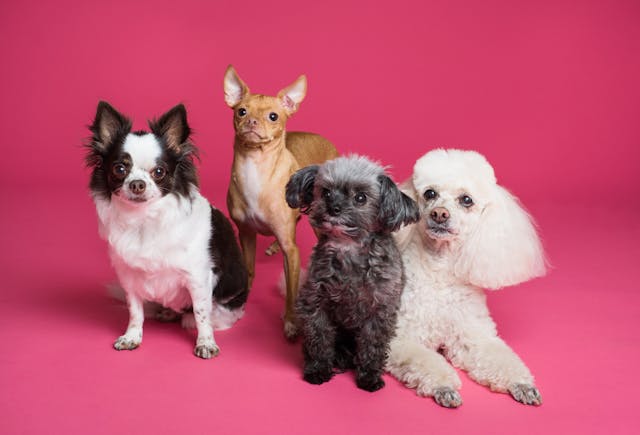

Reading Your Pet’s Behavior
Pay attention to your pet’s body language and vocalizations. Signs of relaxation include a wagging tail and perked ears, while signs of stress might be flattened ears or a tucked tail.
Recognizing these cues helps you capture your pet when they’re feeling their best.
Adjusting to Their Comfort Levels
Introduce your pet slowly to new environments or equipment. If you’re shooting in a new location, allow them some time to explore and get comfortable.
This can reduce anxiety and result in more natural photographs.
Essential Gear for Pet Photography
The right equipment can make all the difference in pet photography. Choosing the appropriate gear depends on your style and the type of shots you aim to capture.
Choosing the Right Camera and Lens
For sharp action shots, DSLRs or mirrorless cameras with fast autofocus systems are preferable.
A telephoto lens can help you capture close-up portraits without getting too near to a nervous pet, while a wide-angle lens might be better for playful, dynamic shots.
Using Natural Light to Your Advantage
Photograph during the softer light of early morning or late afternoon for the most flattering natural light.
Overcast days can also provide a good, diffused light that minimizes harsh shadows and highlights in your pet’s fur.
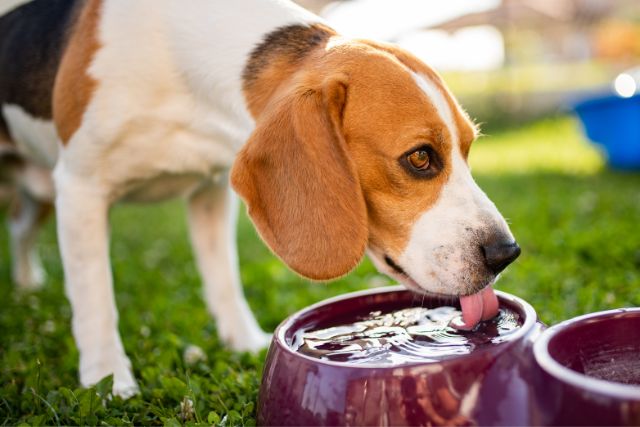

When and How to Use Flash Without Stressing Your Pet
Avoid using a flash directly pointed at pets, as it can startle them. Instead, use a diffuser or bounce the flash off a ceiling or wall to soften its effect.
For studio settings, continuous lighting helps pets acclimate to the brightness without surprise.
Setting the Scene
Choosing a location where your pet feels comfortable is crucial, whether it’s at home, a park, or a beach. Familiar places often yield the most relaxed and genuine photos.
Selecting the Perfect Location
Consider a location that reflects your pet’s habits: a cat might be best photographed lounging on a sunny windowsill, while a dog might look great running on the beach.
Always ensure the environment is safe and secure for your pet.
Backgrounds That Make Your Pet Stand Out
Simple, uncluttered backgrounds work best to highlight your pet.
- If photographing outdoors, use natural elements like trees or fields.
- Indoors, use a plain wall or a draped fabric for a clean, distraction-free background.
Camera Settings and Techniques
Understanding your camera’s settings is essential for adapting to different pet photography scenarios. Fast shutter speeds, appropriate apertures, and ISO settings can all affect the outcome of your pet photos.
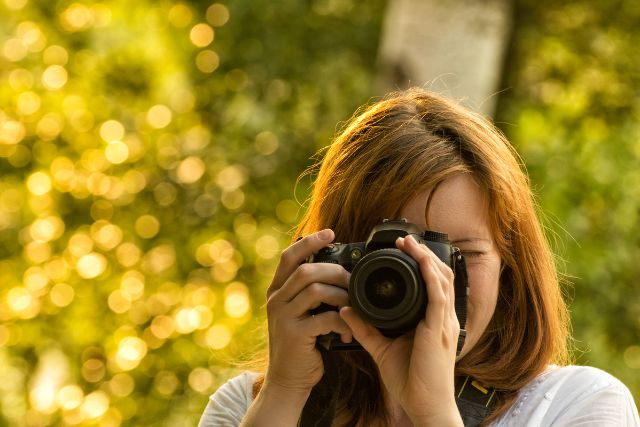

Optimal Camera Settings for Different Situations
For pets in motion, use a fast shutter speed of at least 1/500th of a second to freeze action without blur.
Aperture settings can vary; use a wide aperture (e.g., f/2.8) to focus sharply on the pet while blurring the background.
Mastering Focus for Sharp Images
Autofocus with continuous tracking is beneficial when photographing pets that move quickly. Positioning the focus point on the eyes of your pet helps in creating engaging, sharp images.
The Secrets to Capturing Action Shots
Anticipate the action by observing your pet’s behaviour before they run or jump.
Pre-focus your camera where you expect the action to happen, and use continuous shooting mode to capture multiple frames per second which will allow you to choose the best shot when reviewing later.
Engaging and Posing Your Pet
Getting your pet to engage with the camera can be one of the most challenging aspects of pet photography. Treats, toys, and patience are key here.
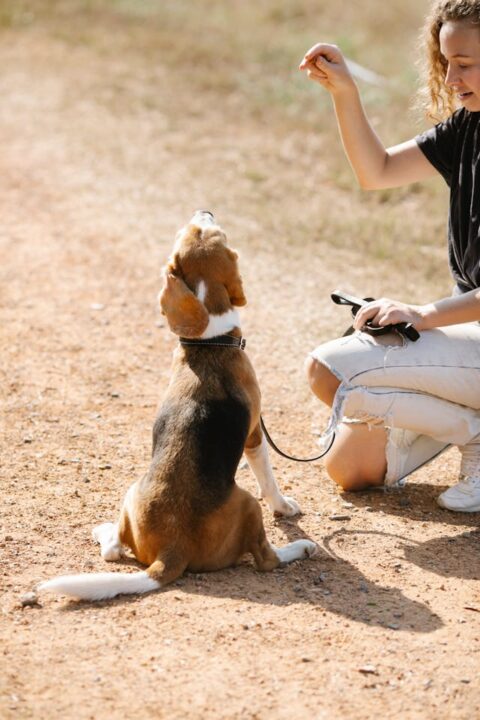

How to Get Your Pet’s Attention
Use your pet’s favourite toys or treats to catch their attention. Hold the toy near the camera lens to guide their gaze towards you.
A squeaky toy can be particularly effective for snapping those moments of alert curiosity.
Poses That Highlight Your Pet’s Best Features
Observe which poses naturally showcase your pet’s personality. For a dog with impressive agility, capture them in mid-leap. On the other hand, for a serene cat, a calm, curled-up position might work best.
Tips for Working With Multiple Pets
When photographing more than one pet, patience multiplies. Start with individual shots to get them accustomed to the camera before attempting group shots.
Use treats to maintain their focus and position them at different depths to create a dynamic composition.
Advanced Photography Techniques
Once you are comfortable with the basics, try incorporating advanced techniques to add flair to your pet portraits.
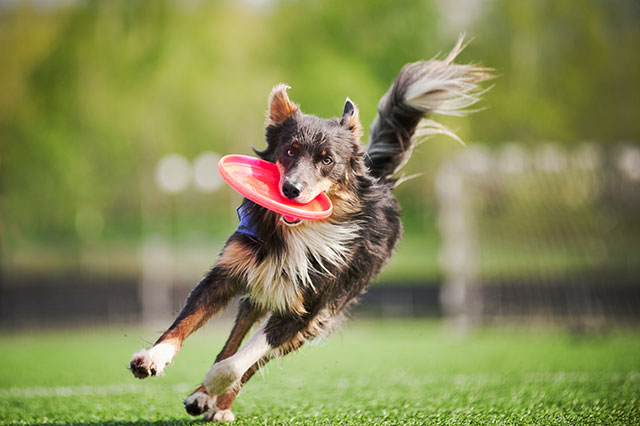

Using Angles and Perspectives for Creative Shots
Experiment with different angles such as shooting from above or below. This can add an interesting perspective to your photos and make them stand out.
The Art of Panning to Capture Movement
Panning involves moving the camera along with the running pet at a speed that matches their motion.
This technique keeps the pet in sharp focus while blurring the background, emphasizing the speed and motion of the subject.
Post-Processing Your Pet Photos
Post-processing is a crucial step in photography that allows you to polish your images and correct any imperfections.
Basic Editing Techniques to Enhance Photos
Adjust brightness and contrast to make your images pop. Be careful not to overdo it to maintain natural skin tones and fur colours.
Advanced Editing Tips for a Professional Finish
Learn how to use tools like Photoshop or Lightroom to adjust sharpness, remove blemishes, and enhance the eyes of your pet to draw more attention to them.
Common Challenges and Solutions
Various challenges can arise during pet photography, from dealing with shy animals to unexpected weather changes.
Dealing With Low Light Conditions
In low light, increase your ISO setting slightly to capture better images without flash. However, be mindful of the increased noise that higher ISOs can introduce.
Handling Uncooperative Pets
For pets that are less than cooperative, take frequent breaks and use a calm, soothing tone. Sometimes, a short play session can expend excess energy and make them more amenable to posing.
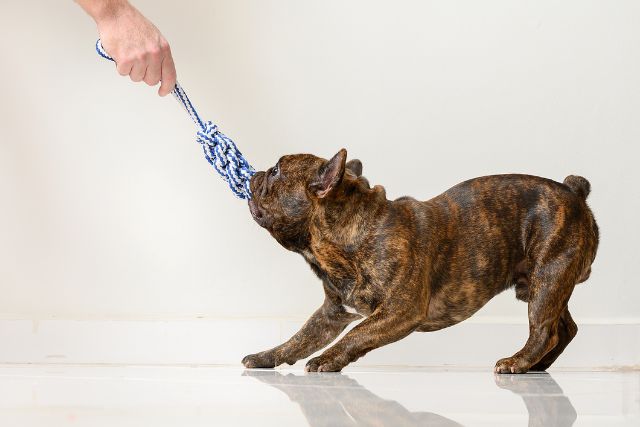

Overcoming Unexpected Weather Changes
If you’re shooting outdoors and the weather turns, have a backup plan. This could be moving to a covered area, using umbrellas, or switching to indoor settings.
Taking Pet Photography from Hobby to Profession
If you’re thinking about taking your passion for pet photography to a professional level, here are some tips to get you started.
Building a Portfolio
Create a diverse portfolio that showcases a range of breeds, colours, and settings. This will demonstrate your versatility to potential clients.
Marketing Your Pet Photography Business
Utilize social media platforms and local pet businesses to market your services. Engaging content and testimonials can help attract new clients.
Legal and Ethical Considerations in Pet Photography
Being a responsible photographer involves more than just taking good photos. Understanding the legal and ethical aspects is also crucial.
Understanding Animal Welfare in Photography
Always ensure your photography practices do not cause distress or harm to animals. Respect their need for breaks and do not force them into uncomfortable positions for the sake of a shot.
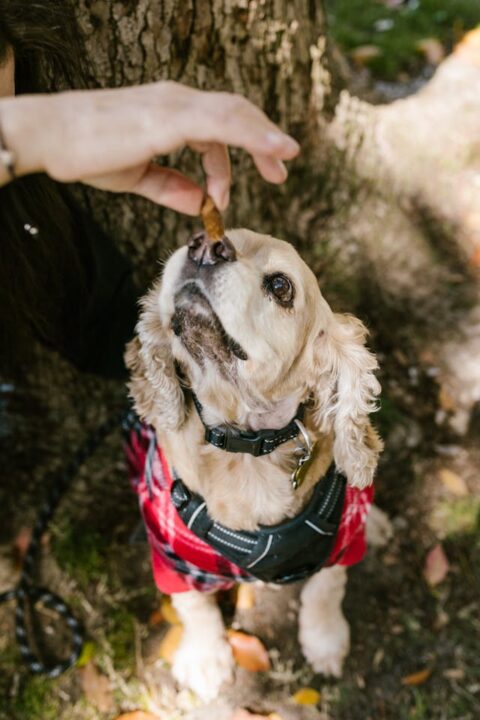

Navigating Copyright and Usage Rights
Be clear on copyright laws regarding the images you take, especially if you plan to sell or publish them. Obtain necessary permissions from pet owners and understand your rights as a photographer.
Summary
This comprehensive guide to pet photography covers everything from preparing for your shoot to handling post-processing.
By following these tips, you can enhance your skills and maybe even turn your passion into a profession.
Remember, the most important part of pet photography is to have fun and ensure your furry subjects are comfortable and safe.

